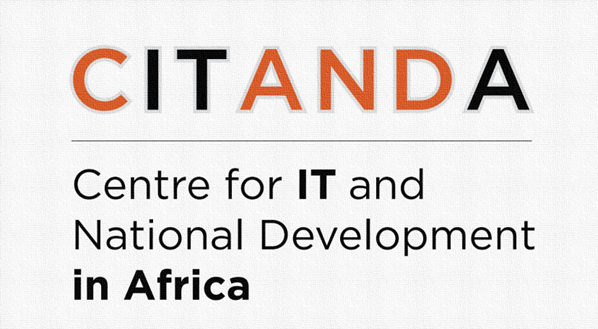Abstract
Software ecosystems provide an effective way through which software solutions can be constructed by composing software components, typically applications, developed by internal and external developers on top of a software platform. Third party development increases the potential of a software ecosystem to effectively and quickly respond to context-specific software requirements. The boundary resources model gives a theoretical account for cultivation of third party development premised on the role of platform boundary resources such as application programming interfaces (API). However, from a longitudinal case study of the DHIS2 software ecosystem, this paper observes that no matter how good the boundary resources a software ecosystem provides, third party development remains a mere possibility until there exists adequate external generative capacity. Taking into consideration this observation, this paper makes a contribution by extending the boundary resources model to foreground external generative capacity alongside boundary resources as factors that influence third party development.
Included in
Computer and Systems Architecture Commons, Software Engineering Commons, Systems Architecture Commons


